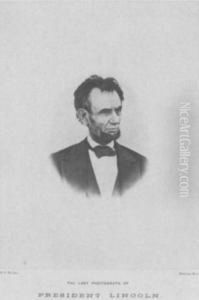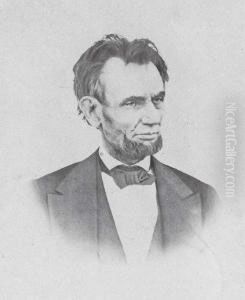Henry F. Warren Paintings
Henry Fitzgibbon Warren, born in 1834, was an American inventor and an early photographer who is not widely known in the broader history of art. He is perhaps best remembered for being the first person to take a photograph of a solar eclipse. Warren's interest in photography dovetailed with his fascination with science and technology, which was characteristic of the era's innovative spirit during the American Industrial Revolution.
Henry F. Warren's achievements in photography, especially in astrophotography, were pioneering at the time. The solar eclipse he captured occurred on July 18, 1860. Using the wet plate collodion process, which required a portable darkroom due to the need for the photographic material to be wet during exposure and development, Warren's endeavor was both challenging and groundbreaking. His successful photograph of the solar eclipse contributed to the scientific community's understanding of such celestial events and also demonstrated the potential of photography as a tool for scientific observation and documentation.
Little is documented about Warren's broader life and career. His contributions to photography, particularly in the niche of scientific photography, were significant during his time, but he did not gain the same level of recognition as some of his contemporaries in the field of art. Warren passed away in 1906, leaving behind a legacy as an innovator at the intersection of art and science. His work remains a testament to the importance of photography not just as an artistic medium but also as a key method for scientific inquiry and record.

